Friday☕️

Trending:
- Yesterday, April 17, 2025, a shooting took place at Florida State University (FSU) in Tallahassee, near the Student Union, resulting in two deaths and six injuries. The suspect, 20-year-old FSU student Phoenix Ikner, was apprehended after being wounded by police and is hospitalized with non-life-threatening injuries. Ikner used a handgun and a shotgun in the attack, which began around 11:50 a.m. An active shooter alert was issued at 12:01 p.m., leading to a campus lockdown.
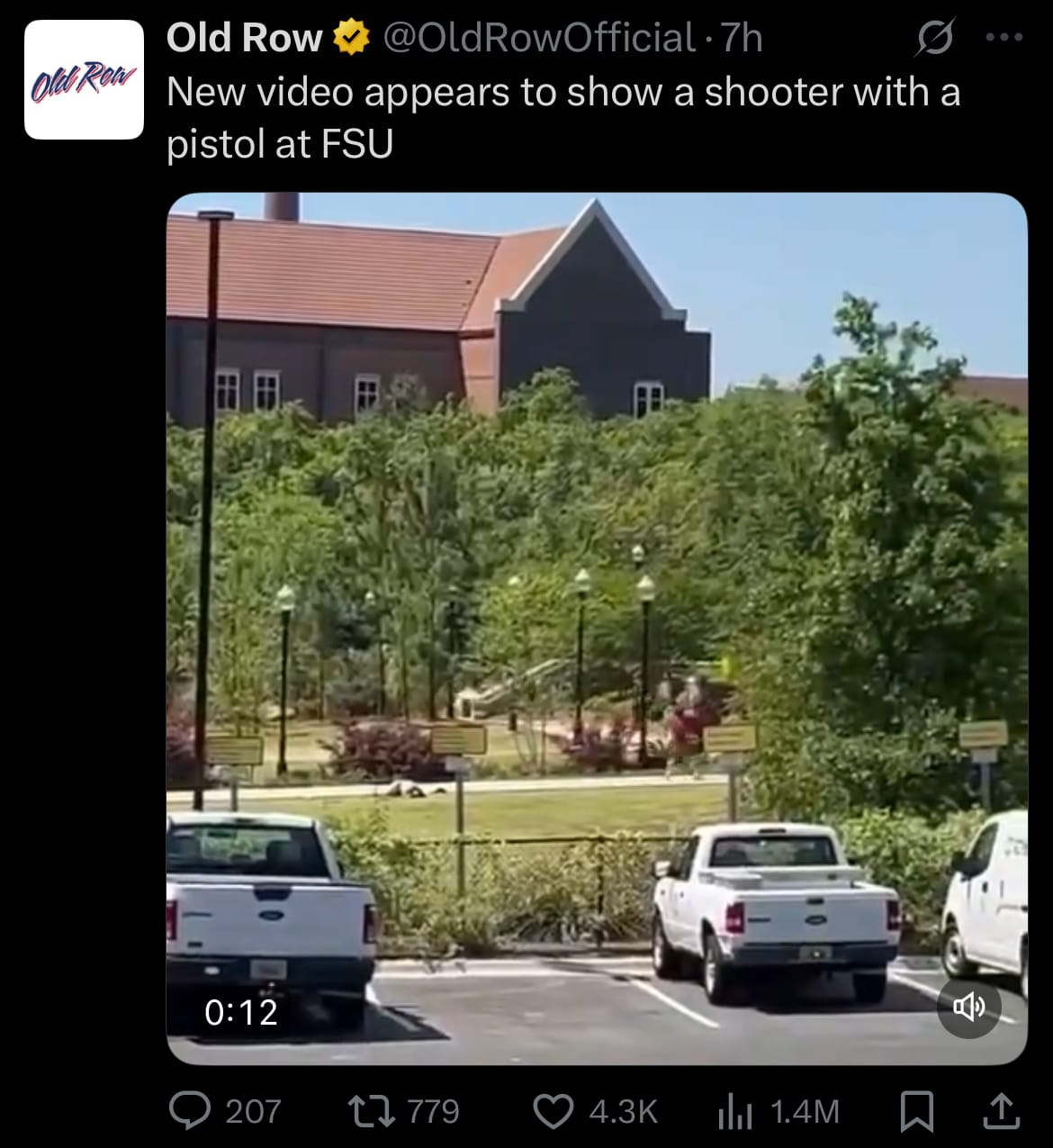
- Law enforcement neutralized the threat by 3:00 p.m., and the FBI is assisting in the investigation. No motive has been released, and FSU canceled classes and events through Friday. The shooting disrupted the FSU campus, with students and faculty sheltering in various locations as police secured the area. Authorities continue to investigate, and the university is providing counseling and resources to those affected.
Economics & Markets:
- Yesterday’s U.S. stock market:

- Yesterday’s commodity market:

- Yesterday’s crypto market:

Geopolitics & Military Activity:
- Yesterday, April 17, 2025, the U.S. conducted airstrikes on the Ras Isa fuel port in Yemen’s Hodeidah governorate, controlled by the Houthi’s. The U.S. Central Command stated the strikes targeted facilities used by the Houthis to generate revenue through fuel trade, which supports their military activities, including attacks on Red Sea shipping. The strikes caused significant damage, igniting fires at the port and disrupting operations. Houthi-affiliated sources reported at least 22 deaths, and 50 injuries, with strikes continuing into April 18.

- The U.S. described the operation as a targeted effort to weaken Houthi capabilities without harming civilians, though Houthi officials and Yemen’s government criticized the strikes as attacks on civilian infrastructure. The operation follows increased U.S. military actions against Houthi targets since March, amid ongoing regional tensions. Investigations into the full impact and casualty figures are ongoing, and no independent verification of claims from either side has been confirmed.

Environment & Weather:
- Yesterday, April 17, 2025, a tornado struck near Randolph, Nebraska, moving east at 30 mph, as reported by storm chasers and confirmed by local law enforcement. Posts on X from storm chasers and weather accounts highlighted the tornado’s path near Beaver Lake, Tabor, and Randolph.
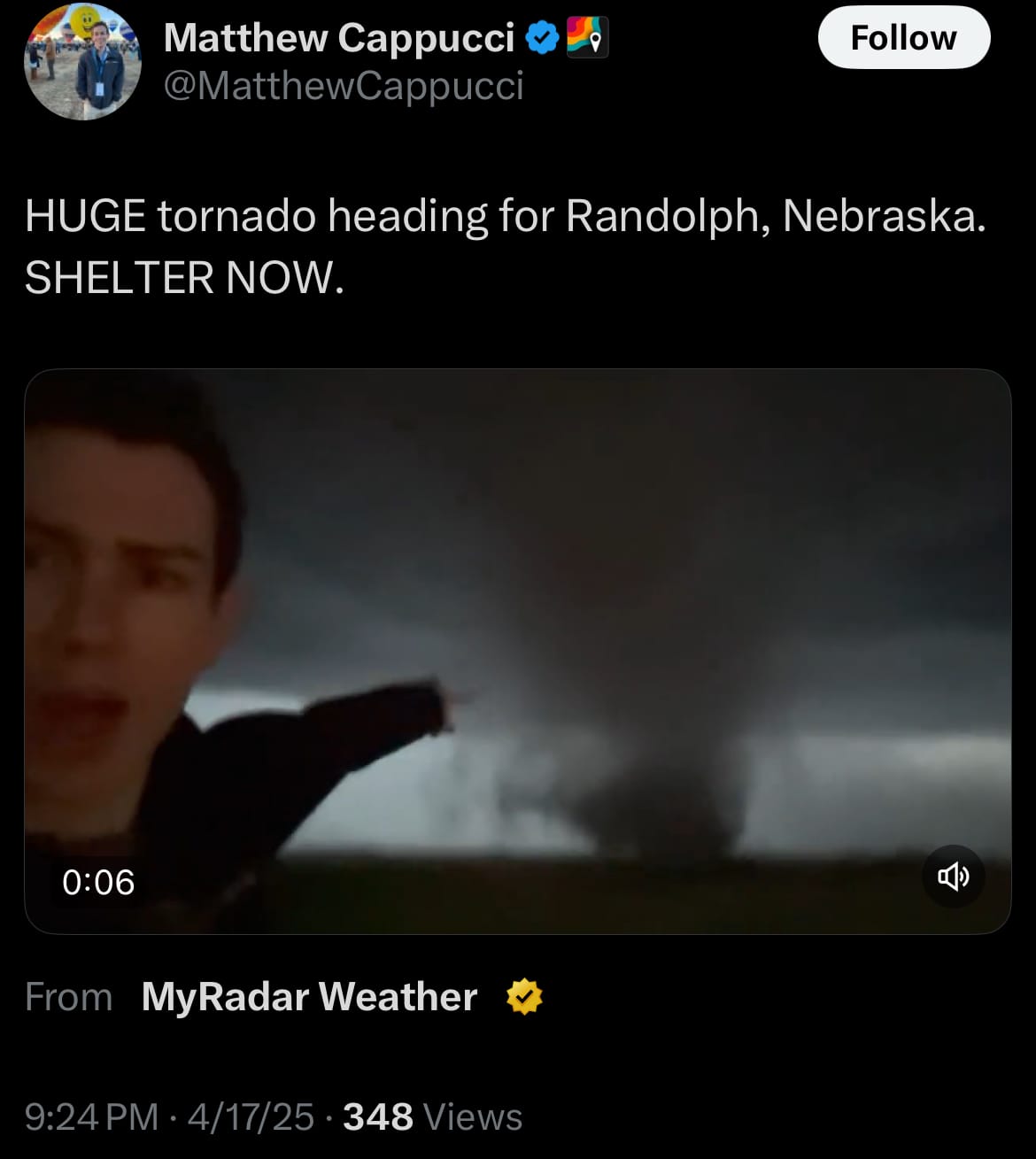
- Yesterday, April 17, 2025, Monteu da Po, 32 kilometers northeast of Turin in Italy’s Piedmont region, was hit by severe flash flooding after 500 mm of rainfall fell in 48 hours. The Po River and nearby streams overflowed, flooding streets, homes, and businesses, and causing at least one reported death. Residents were stranded, and emergency services conducted rescues amid a red alert for parts of Piedmont. Social media posts on X and local reports showed blocked roads and vehicles swept away. Damage to homes, farms, and businesses is still being assessed, with no complete data yet available.
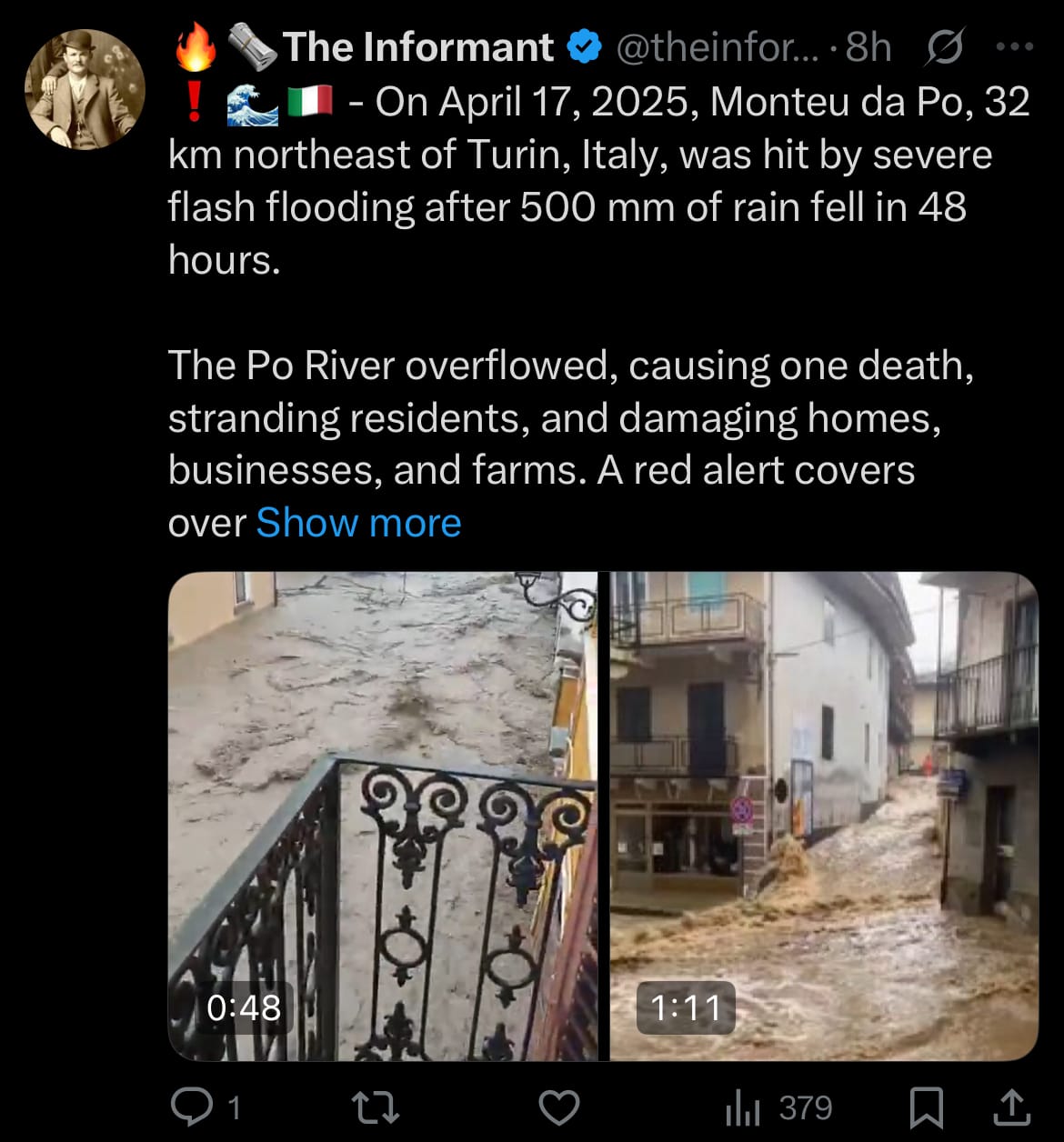
- The heavy rainfall overwhelmed local drainage systems and saturated ground, leading to rapid river overflows. Emergency teams are assisting affected areas, though some remain inaccessible due to floodwaters and debris. Authorities are coordinating relief efforts and monitoring conditions, with the immediate focus on ensuring safety and restoring access.

Science & Technology:
- Yesterday, April 17, 2025, Google DeepMind announced the release of Gemini 2.5 Flash, a new AI model designed for efficiency and performance, available through Google AI Studio, the Gemini app, and Google Cloud’s Vertex AI platform. Described as a hybrid reasoning model, it allows developers to adjust its processing power based on task complexity, balancing speed, accuracy, and cost, making it suitable for applications like chatbots and data extraction.
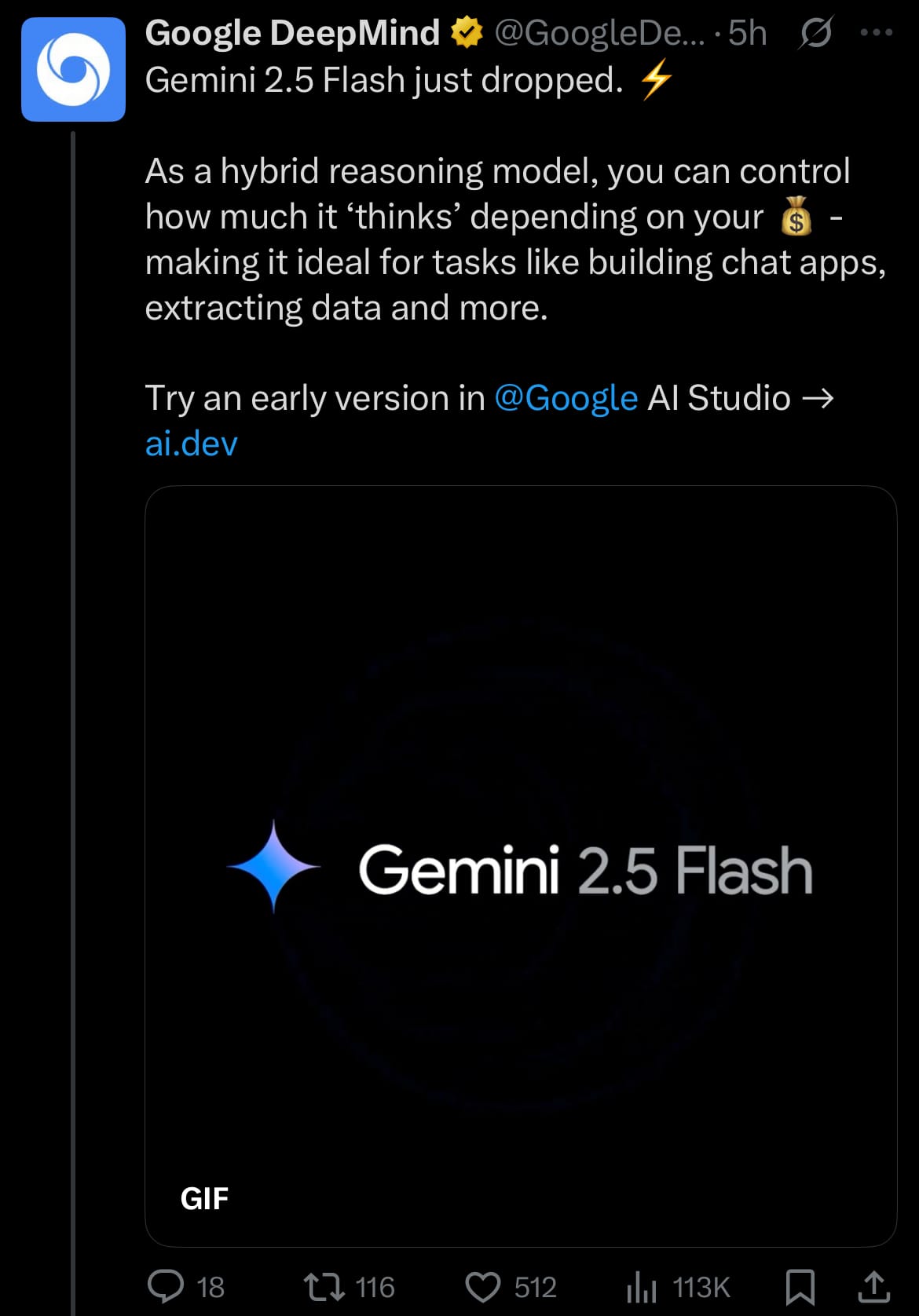
- The model builds on the Gemini 2.5 family’s “thinking” capabilities, enabling it to reason through tasks before responding, which improves accuracy for coding, math, and multimodal tasks. While specific performance metrics are still emerging, Google DeepMind emphasized its low latency and cost-efficiency, positioning it as a versatile tool for developers.
Statistic:
- Largest public companies by market capitalization:
- 🇺🇸 Apple: $2959T
- 🇺🇸 Microsoft: $2734T
- 🇺🇸 NVIDIA: $2476T
- 🇺🇸 Alphabet (Google): $1855T
- 🇺🇸 Amazon: $1831T
- 🇸🇦 Saudi Aramco: $1641T
- 🇺🇸 Meta Platforms: $1270T
- 🇺🇸 Berkshire Hathaway: $1117T
- 🇺🇸 Broadcom: $803.98B
- 🇹🇼 TSMC: $787.00B
- 🇺🇸 Tesla: $776.37B
- 🇺🇸 Eli Lilly: $754.27B
- 🇺🇸 Walmart: $747.33B
- 🇺🇸 JPMorgan Chase: $644.64B
- 🇺🇸 Visa: $635.82B
- 🇨🇳 Tencent: $528.16B
- 🇺🇸 Mastercard: $471.65B
- 🇺🇸 Exxon Mobil: $462.45B
- 🇺🇸 Costco: $441.24B
- 🇺🇸 Netflix: $416.22B
- 🇺🇸 UnitedHealth: $415.37B
- 🇺🇸 Procter & Gamble: $400.10B
- 🇺🇸 Johnson & Johnson: $379.47B
- 🇺🇸 Oracle: $360.68B
- 🇺🇸 Home Depot: $352.90B
History:
- Encryption, the practice of concealing information dates back over 4,000 years. Around 1900 BC, ancient Egyptians began using specialized hieroglyphs in tomb inscriptions to obscure meaning—one of the earliest forms of code. By 600 BC, the Spartans developed the scytale, a rod-based device that enabled soldiers to encrypt military messages through transposition. Julius Caesar famously used a substitution cipher around 50 BC, shifting letters in the alphabet to scramble his commands. In the 9th century, Islamic scholar Al-Kindi revolutionized cryptanalysis by creating frequency analysis, a method to break simple ciphers using letter pattern recognition. The Renaissance saw advances like the Vigenère cipher, which used multiple shifting alphabets to complicate decryption. The 18th and 19th centuries brought mechanical encryption tools, including Thomas Jefferson’s cipher wheel, which introduced rotating disks to encode information. The 20th century elevated encryption to a geopolitical force—Nazi Germany’s Enigma machine, a rotor-based marvel, was ultimately cracked by Allied codebreakers, including Alan Turing, whose work with the Bombe computer marked the dawn of modern computational cryptography.
- With the rise of computers in the late 20th century, encryption entered a new era. The 1970s introduced public-key cryptography through the Diffie-Hellman key exchange and the RSA algorithm, allowing secure communications over open networks without the need for shared secrets. Symmetric encryption algorithms like DES (1975) and its successor AES (2001) became foundational for secure data transmission in government, commerce, and personal use. As the internet expanded, encryption became essential for everything from banking to private messaging. By the 1990s, researchers began preparing for the rise of quantum computing, which could break classical encryption methods. This led to the development of post-quantum cryptography using lattice-based and code-based systems, now being adopted in high-security sectors like finance, healthcare, and defense. Meanwhile, quantum encryption itself began to materialize, with technologies like quantum key distribution (QKD) showing promise—most notably demonstrated by China’s Micius satellite in 2016—signaling a future where quantum-secure communications may soon become the global standard.
Image of the day:

Thanks for reading!
Earth is complicated, we make it simple.
Click image to view the Earth Intelligence System:
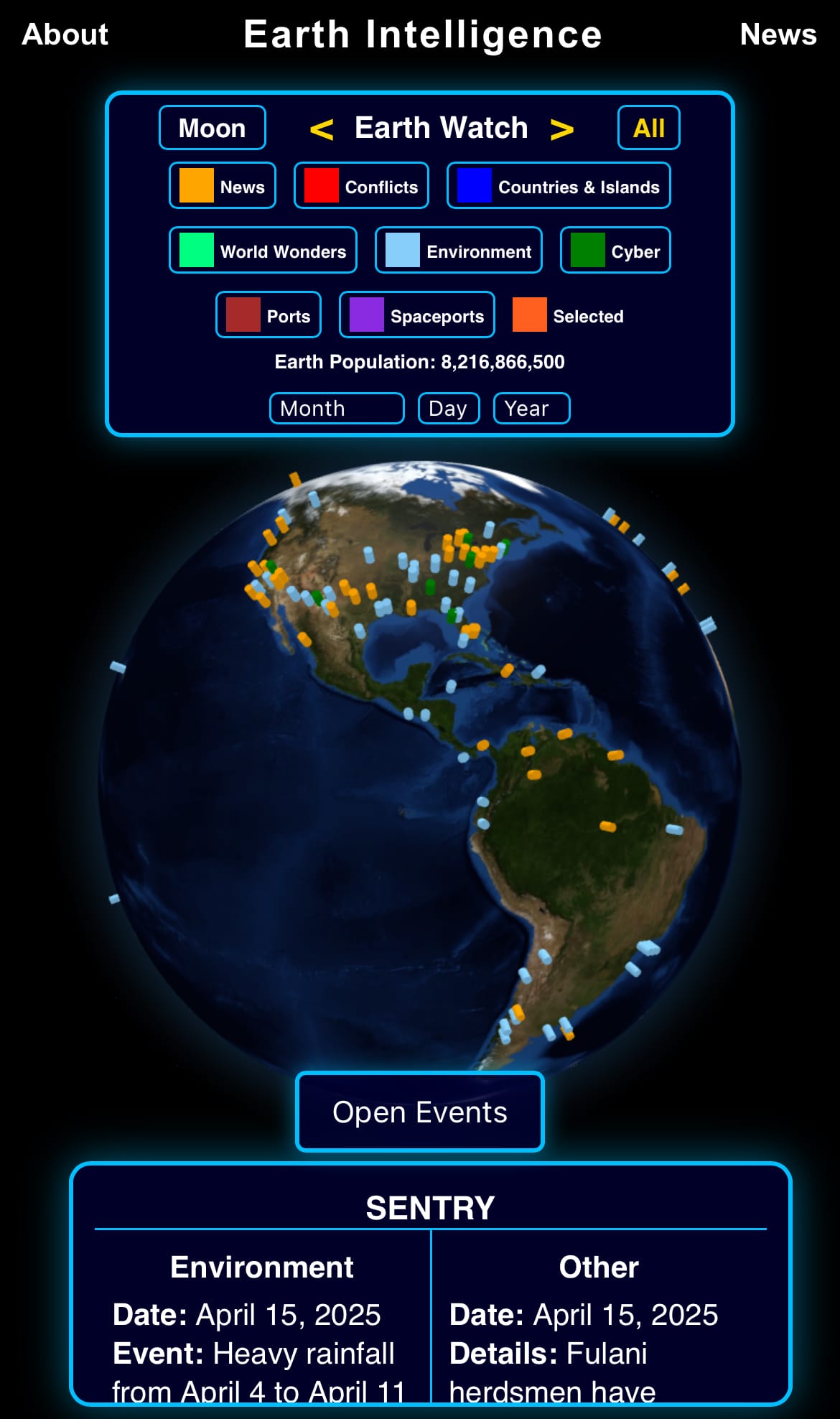


Support/Suggestions Email:
earthintelligence@earthintel.news




